Home>Technology>Smart Home Devices>Which Type Of Printer Has The Poorest Print Quality Because The Image


Smart Home Devices
Which Type Of Printer Has The Poorest Print Quality Because The Image
Modified: January 14, 2024
Discover which type of printer has the poorest print quality for images. Explore the impact on smart home devices and find the best printing solution.
(Many of the links in this article redirect to a specific reviewed product. Your purchase of these products through affiliate links helps to generate commission for Storables.com, at no extra cost. Learn more)
Introduction
Print quality is a crucial aspect of any printing device, directly impacting the clarity and precision of the images produced. Whether it's for personal use, professional projects, or creative endeavors, the quality of the printed image can make a significant difference in the final result. Understanding the various types of printers and their respective print qualities is essential for making informed decisions when selecting a printing device.
In the realm of printing technology, there are several types of printers available, each with its unique method of producing images on paper. Inkjet printers, laser printers, and dot matrix printers are among the most common options, and they differ significantly in their print quality and overall performance. By delving into the specifics of each type, we can gain a comprehensive understanding of the factors that contribute to print quality and how they influence the appearance of the final printed image.
This article aims to explore the print quality of different types of printers, shedding light on the factors that determine the clarity, precision, and overall visual appeal of printed images. By examining the strengths and limitations of inkjet, laser, and dot matrix printers, we can discern the distinct characteristics of each type and their respective impact on print quality. Additionally, we will delve into the various factors that influence print quality, providing valuable insights for individuals seeking to optimize their printing outcomes.
As we embark on this exploration, it's important to recognize the significance of print quality in the realm of printing technology. Whether it's producing vibrant photographs, crisp text documents, or intricate graphic designs, the ability of a printer to faithfully reproduce images with precision and clarity is paramount. By unraveling the nuances of print quality across different printer types, we can empower individuals to make informed choices based on their specific printing needs and expectations.
Join us as we embark on a journey through the realm of print quality, unraveling the intricacies of inkjet, laser, and dot matrix printers and gaining a deeper understanding of the factors that shape the visual impact of printed images. Let's delve into the world of printing technology and explore the fascinating interplay between printer types and print quality.
Key Takeaways:
- Inkjet printers excel in producing vibrant and detailed images, making them perfect for colorful photographs and artistic prints.
- Factors like resolution, consumables, and maintenance play a crucial role in achieving optimal print quality across different printer types.
Impact of Print Quality on Image
The print quality of an image plays a pivotal role in determining its visual impact and overall effectiveness. Whether it’s a captivating photograph, a detailed graphic design, or a professional document, the clarity, color accuracy, and precision of the printed image significantly influence how it is perceived by viewers. High print quality can elevate the aesthetic appeal and convey the intended message with clarity, while poor print quality may diminish the visual impact and compromise the integrity of the image.
When an image is printed with exceptional quality, the details are rendered sharply, colors are vibrant and true-to-life, and the overall visual presentation is captivating. This is particularly crucial for photographers, graphic designers, and professionals in various creative fields who rely on printed images to showcase their work. Additionally, in the realm of business and professional documentation, high print quality is synonymous with credibility and attention to detail, enhancing the overall impression conveyed by printed materials.
Conversely, poor print quality can detract from the intended impact of an image. Blurry details, inaccurate colors, and visible artifacts can diminish the overall appeal and fail to convey the intended message effectively. This can be especially problematic in professional settings where the quality of printed materials reflects the standards and attention to detail of the individuals or organizations presenting them.
Moreover, the impact of print quality extends to personal and recreational printing endeavors. Whether it’s printing cherished family photographs, creating personalized greeting cards, or producing visually engaging art prints, the quality of the printed images directly influences the emotional resonance and aesthetic satisfaction derived from the final output.
Understanding the profound impact of print quality on the visual appeal and communicative power of printed images underscores the importance of selecting the right type of printer to achieve the desired outcomes. By delving into the distinct print qualities offered by inkjet, laser, and dot matrix printers, individuals can make informed decisions that align with their specific printing needs and aspirations. The subsequent sections of this article will delve into the unique characteristics of each printer type, offering valuable insights into their respective print quality and performance.
As we navigate the intricate landscape of print quality and its impact on image reproduction, we will uncover the nuanced interplay between technology, visual aesthetics, and the communicative power of printed images. Join us as we unravel the fascinating dynamics of print quality and explore the diverse capabilities of inkjet, laser, and dot matrix printers in faithfully reproducing images with precision and clarity.
Inkjet Printers
Inkjet printers are renowned for their versatility and ability to produce high-quality images with impressive color accuracy. These printers operate by propelling droplets of ink onto the paper, resulting in precise and detailed image reproduction. The print quality of inkjet printers is characterized by vibrant colors, smooth gradients, and sharp details, making them a popular choice for individuals and professionals seeking exceptional image output.
One of the key factors contributing to the superior print quality of inkjet printers is their ability to achieve high resolutions, often measured in dots per inch (DPI). Higher DPI values enable inkjet printers to render images with remarkable clarity and precision, capturing fine details and producing visually stunning results. This makes inkjet printers particularly well-suited for printing photographs, colorful graphics, and other visually intricate materials.
Additionally, inkjet printers are capable of utilizing a wide range of paper types, including glossy, matte, and specialty papers, further enhancing their versatility in accommodating diverse printing needs. The ability to produce images with vivid color reproduction and subtle nuances contributes to the appeal of inkjet printers for creative projects, artistic endeavors, and professional photography reproduction.
Furthermore, the advent of advanced inkjet technologies, such as pigment-based inks and dye-based inks, has expanded the capabilities of inkjet printers in delivering exceptional print quality across various media. Pigment-based inks are known for their longevity and resistance to fading, making them ideal for archival purposes and long-lasting prints, while dye-based inks excel in producing vibrant, eye-catching colors suitable for a wide array of applications.
When considering the print quality of inkjet printers, it’s important to acknowledge their proficiency in faithfully reproducing a diverse range of colors and tones, resulting in visually striking images that captivate viewers. Whether it’s showcasing breathtaking landscapes, capturing cherished memories, or presenting intricate designs, inkjet printers excel in bringing images to life with remarkable fidelity and expressive richness.
Overall, inkjet printers stand out for their exceptional print quality, making them a preferred choice for individuals and professionals seeking to produce visually stunning images with unparalleled color accuracy and detail reproduction. The next sections of this article will delve into the print quality characteristics of laser printers and dot matrix printers, offering a comprehensive comparison of their respective capabilities and performance.
Laser Printers
Laser printers are renowned for their ability to deliver sharp, precise, and high-speed printouts, making them a popular choice for professional environments and high-volume printing needs. The print quality of laser printers is characterized by crisp text, fine lines, and consistent grayscale reproduction, making them well-suited for text documents, business graphics, and monochrome imagery.
One of the key factors contributing to the exceptional print quality of laser printers is their utilization of toner, a dry powder that is fused onto the paper using heat and pressure. This process results in precise and smudge-resistant output, ideal for producing professional documents with a polished appearance. Laser printers excel in rendering text with exceptional clarity and sharpness, making them a preferred choice for office settings and document-intensive workflows.
Moreover, laser printers are capable of achieving high resolutions, enabling them to produce detailed and finely rendered text and graphics. The ability to consistently reproduce fine lines and intricate patterns contributes to the overall print quality of laser printers, ensuring that the output maintains a professional and refined aesthetic.
Additionally, the speed and efficiency of laser printers further enhance their appeal in demanding printing environments. Whether it’s producing large volumes of text documents, business reports, or technical schematics, laser printers offer swift and reliable performance without compromising print quality. This combination of speed and precision makes laser printers a valuable asset in professional settings where efficiency and quality are paramount.
Furthermore, the monochrome print quality of laser printers is particularly noteworthy, as they excel in producing grayscale images with uniform tonal gradations and sharp details. This makes laser printers an ideal choice for applications that prioritize text clarity and monochrome graphics, such as legal documents, financial reports, and technical diagrams.
Overall, laser printers are synonymous with exceptional print quality in the realm of text and monochrome imagery, offering a compelling blend of precision, speed, and reliability. While their primary focus is on monochrome output, color laser printers have also gained prominence for producing vivid and accurate color prints with impressive detail and consistency. The subsequent sections of this article will explore the unique print quality attributes of dot matrix printers, providing a comprehensive comparison of their capabilities and performance.
Inkjet printers typically have the poorest print quality because the image is created by spraying tiny droplets of ink onto the paper, which can result in smudging and blurriness. Laser printers or professional photo printers usually produce higher quality prints.
Dot Matrix Printers
Dot matrix printers, though less common in modern printing environments, possess unique characteristics that make them suitable for specific applications. The print quality of dot matrix printers is distinguished by their ability to produce carbon copies, multipart forms, and impact-based output, making them well-suited for tasks that require duplicate copies and continuous form printing.
One of the defining features of dot matrix printers is their use of a matrix of pins to impact an inked ribbon, creating a series of dots that form characters and images on the paper. This impact-based printing mechanism results in output that is resistant to fading and tampering, making dot matrix printers valuable for generating documents that require long-term durability and archival stability.
While dot matrix printers may not match the resolution and clarity of inkjet and laser printers, they excel in producing multipart forms with multiple copies through the use of carbon paper or carbonless paper. This capability is particularly beneficial in environments where the creation of duplicate records, receipts, and invoices is essential, such as in accounting, logistics, and administrative processes.
Furthermore, dot matrix printers are known for their ability to handle continuous form printing, accommodating paper with perforated edges that can be fed through the printer in a continuous manner. This makes them suitable for applications that involve bulk printing of documents with consistent formatting, such as invoices, shipping labels, and inventory reports.
Additionally, the impact-based nature of dot matrix printing results in output that is resistant to environmental factors, making it suitable for use in industrial and rugged environments where standard inkjet or laser prints may be susceptible to damage or degradation. The robustness and longevity of dot matrix prints contribute to their relevance in specific industrial and logistical settings.
While the print quality of dot matrix printers may not align with the precision and aesthetics offered by inkjet and laser printers, their unique capabilities in producing multipart forms, impact-resistant output, and continuous form printing make them a valuable asset in specialized applications that demand durability and duplicate copy generation.
As we delve into the distinct print quality characteristics of inkjet, laser, and dot matrix printers, we gain a comprehensive understanding of their respective strengths and suitability for diverse printing needs. The subsequent section of this article will delve into a comparative analysis of the print quality offered by these printer types, providing valuable insights for individuals seeking to make informed decisions based on their specific printing requirements and preferences.
Comparison of Print Quality
When evaluating the print quality of inkjet, laser, and dot matrix printers, it’s essential to consider the unique characteristics and strengths of each printer type in relation to their respective applications and performance. By comparing their print quality attributes, individuals can make informed decisions based on their specific printing needs, whether it involves producing vibrant photographs, sharp text documents, or multipart forms with duplicate copies.
Inkjet printers are renowned for their exceptional color accuracy, vibrant image reproduction, and versatility in accommodating various paper types. Their ability to achieve high resolutions and render intricate details makes them well-suited for applications that prioritize visual aesthetics and expressive image output. Whether it’s producing captivating photographs, artistic prints, or colorful graphics, inkjet printers excel in delivering visually stunning results with remarkable fidelity and color vibrancy.
Laser printers, on the other hand, are synonymous with precision, speed, and reliability in producing sharp text, fine lines, and consistent grayscale output. Their proficiency in monochrome and color printing, coupled with high-speed performance, makes them ideal for text documents, business graphics, and professional materials that demand polished and professional print quality. The durability and smudge-resistant nature of laser prints further enhance their appeal in office environments and high-volume printing scenarios.
Dot matrix printers, while less prevalent in modern printing practices, offer unique capabilities in producing impact-based output, multipart forms, and continuous form printing. Their print quality is characterized by durability, resistance to fading, and the ability to create duplicate copies, making them suitable for specialized applications in industrial, logistical, and administrative settings where long-term archival stability and duplicate record generation are essential.
When comparing the print quality of these printer types, it’s important to consider the specific requirements and intended use cases. Inkjet printers shine in applications that prioritize visual appeal, color accuracy, and expressive image reproduction, while laser printers excel in delivering precise text, high-speed performance, and professional document output. Dot matrix printers cater to specialized needs that involve impact-resistant output, multipart forms, and continuous form printing, particularly in industrial and administrative environments.
By understanding the distinct print quality attributes of inkjet, laser, and dot matrix printers, individuals can make informed decisions when selecting a printing device that aligns with their unique printing objectives. Whether it’s creating captivating visual art, producing polished business materials, or generating durable multipart forms, the diverse capabilities of inkjet, laser, and dot matrix printers cater to a wide spectrum of printing needs, each with its own strengths and suitability for specific applications.
As we delve deeper into the intricate nuances of print quality across different printer types, we gain a holistic perspective on the diverse capabilities and performance factors that shape the visual impact of printed images. The subsequent section of this article will explore the various factors that influence print quality, shedding light on the technical and environmental considerations that play a pivotal role in achieving optimal printing outcomes.
Factors Affecting Print Quality
The print quality of any printing device is influenced by a myriad of factors, encompassing technical specifications, environmental conditions, and maintenance practices. Understanding these factors is crucial for optimizing print quality and ensuring consistent, reliable output across different printing scenarios. By delving into the elements that affect print quality, individuals can take proactive measures to enhance the performance and visual appeal of their printed materials.
One of the primary factors that significantly impacts print quality is the resolution of the printer. Measured in dots per inch (DPI), the resolution determines the level of detail and clarity that the printer can reproduce. Higher resolutions result in sharper, more detailed output, particularly beneficial for image-rich content and visually intricate materials. Selecting a printer with an appropriate resolution that aligns with the intended printing applications is essential for achieving optimal print quality.
Another critical factor is the type and quality of consumables used in the printing process, including ink or toner and paper. The compatibility of consumables with the printer, as well as their quality and composition, directly influences the color accuracy, durability, and overall visual impact of the printed output. Using genuine, high-quality consumables that are specifically designed for the printer model can significantly enhance print quality and longevity.
Environmental conditions, such as temperature and humidity, can also affect print quality. Fluctuations in these factors may impact the performance of the printer and the behavior of consumables, potentially leading to variations in print output. Maintaining a stable and suitable environment for the printer, including proper ventilation and storage conditions for consumables, can contribute to consistent and reliable print quality.
Regular maintenance and calibration of the printer play a crucial role in preserving print quality over time. Cleaning the printheads, calibrating the color settings, and ensuring proper alignment of printing components are essential maintenance practices that help sustain optimal print quality. Additionally, replacing worn-out or expired consumables in a timely manner prevents degradation of print quality and ensures consistent performance.
The choice of printing mode and settings also influences print quality. Printers often offer various modes, such as draft, normal, and high-quality, each affecting the speed and quality of the output. Selecting the appropriate mode based on the specific printing requirements and balancing speed with quality is essential for achieving the desired print outcomes without compromising visual appeal.
Finally, the source material and file format used for printing can impact print quality. High-resolution images and documents in compatible file formats contribute to better print outcomes, ensuring that the printer can faithfully reproduce the details and nuances of the original content. Optimizing the source material for printing, whether it’s photographs, graphics, or text documents, is essential for maximizing print quality.
By considering these factors and implementing best practices in printer selection, consumable usage, environmental management, maintenance routines, and print settings, individuals can effectively enhance print quality and achieve consistent, visually appealing output across diverse printing applications. The culmination of these efforts results in a seamless and optimized printing experience that meets the highest standards of print quality.
As we unravel the multifaceted elements that influence print quality, we gain valuable insights into the holistic approach required to optimize the performance and visual impact of printed materials. The subsequent section of this article will encapsulate the key takeaways and insights garnered from our exploration of print quality across different printer types and the factors that shape its outcomes.
Conclusion
Our exploration of print quality across different printer types has unveiled the diverse capabilities and unique characteristics that shape the visual impact of printed images. From the vibrant color accuracy of inkjet printers to the precision and speed of laser printers, and the specialized capabilities of dot matrix printers, each printer type offers distinct strengths that cater to a wide spectrum of printing needs and applications.
The impact of print quality on the visual appeal and communicative power of printed images cannot be overstated. Whether it’s producing captivating photographs, sharp text documents, or multipart forms with duplicate copies, the ability of a printer to faithfully reproduce images with precision, clarity, and color accuracy is paramount. Understanding the interplay between technology, environmental factors, and maintenance practices is essential for optimizing print quality and achieving consistent, reliable output.
Factors such as resolution, consumables, environmental conditions, maintenance routines, and print settings play a pivotal role in shaping print quality, influencing the level of detail, color accuracy, and longevity of the printed output. By considering these factors and implementing best practices, individuals can elevate the performance and visual appeal of their printed materials, ensuring that the print quality meets the highest standards across diverse printing applications.
As technology continues to evolve, printers are poised to offer enhanced capabilities and advanced features that further elevate print quality and expand the possibilities for creative and professional printing endeavors. The ongoing pursuit of optimal print quality is a testament to the commitment to delivering visually stunning and impactful printed materials that resonate with viewers and convey the intended message with clarity and precision.
Ultimately, our journey through the realm of print quality has provided valuable insights into the multifaceted elements that contribute to exceptional printing outcomes. By embracing the nuances of print quality and the capabilities of inkjet, laser, and dot matrix printers, individuals are empowered to make informed decisions that align with their specific printing objectives, whether it involves creating captivating visual art, producing polished business materials, or generating durable multipart forms.
As we conclude our exploration, it is evident that print quality is not merely a technical attribute but a testament to the dedication to visual excellence and the seamless fusion of technology, creativity, and precision. The pursuit of optimal print quality is an ongoing endeavor, driven by the commitment to delivering visually stunning and impactful printed materials that captivate viewers and convey the intended message with unwavering clarity and fidelity.
Embracing the art and science of print quality, we embark on a future where every printed image is a testament to the pursuit of visual excellence and the seamless fusion of technology, creativity, and precision.
Frequently Asked Questions about Which Type Of Printer Has The Poorest Print Quality Because The Image
Was this page helpful?
At Storables.com, we guarantee accurate and reliable information. Our content, validated by Expert Board Contributors, is crafted following stringent Editorial Policies. We're committed to providing you with well-researched, expert-backed insights for all your informational needs.
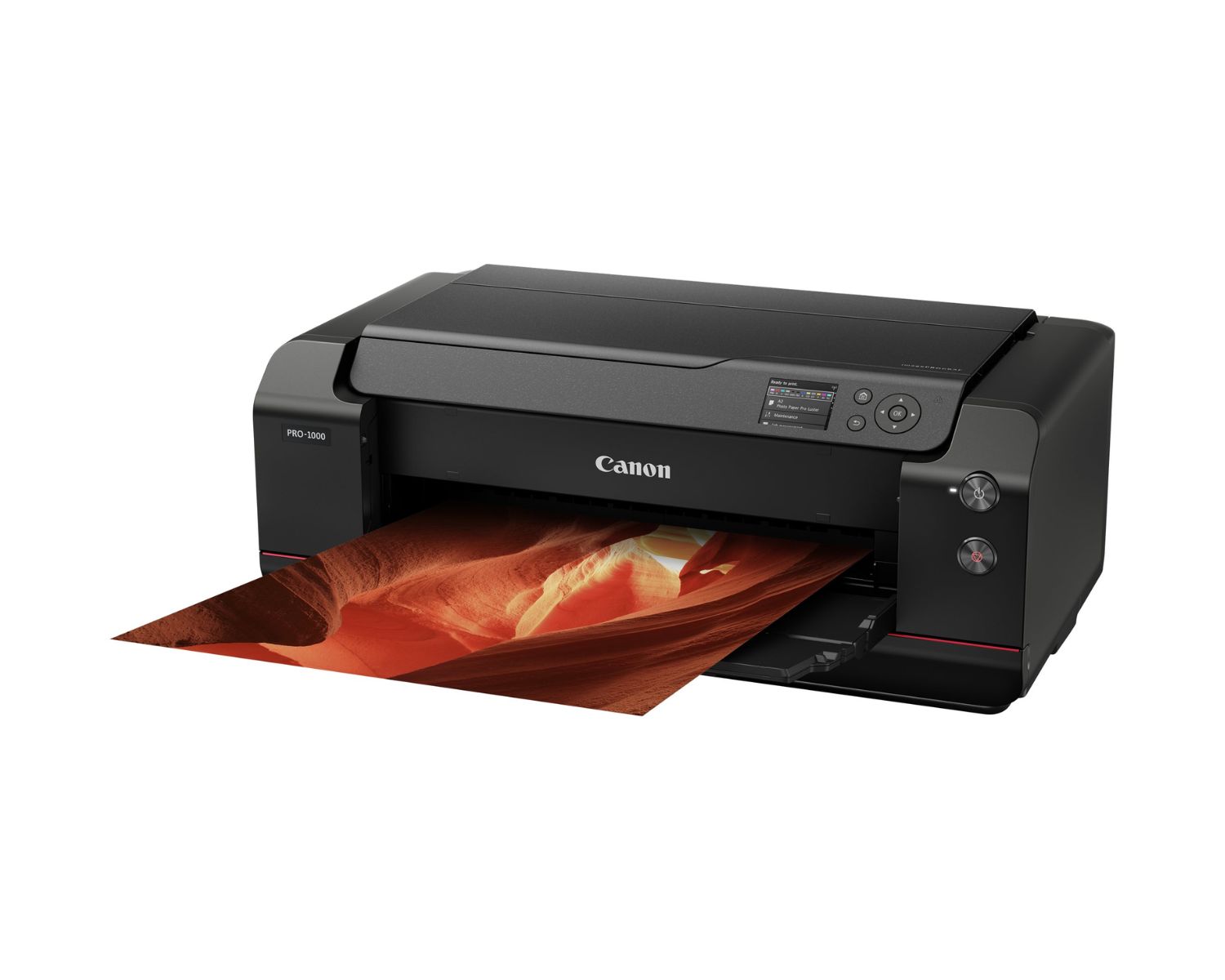
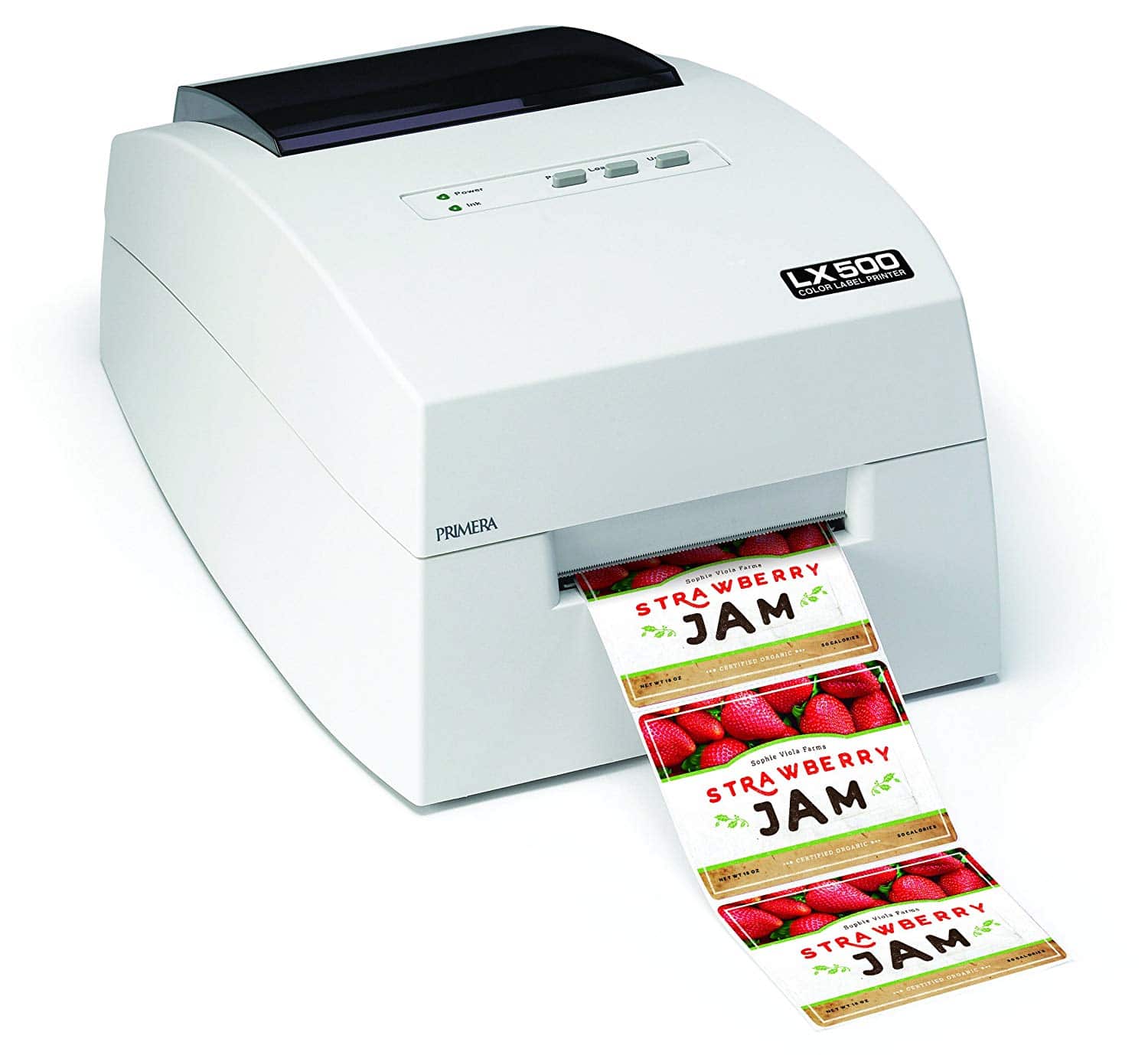
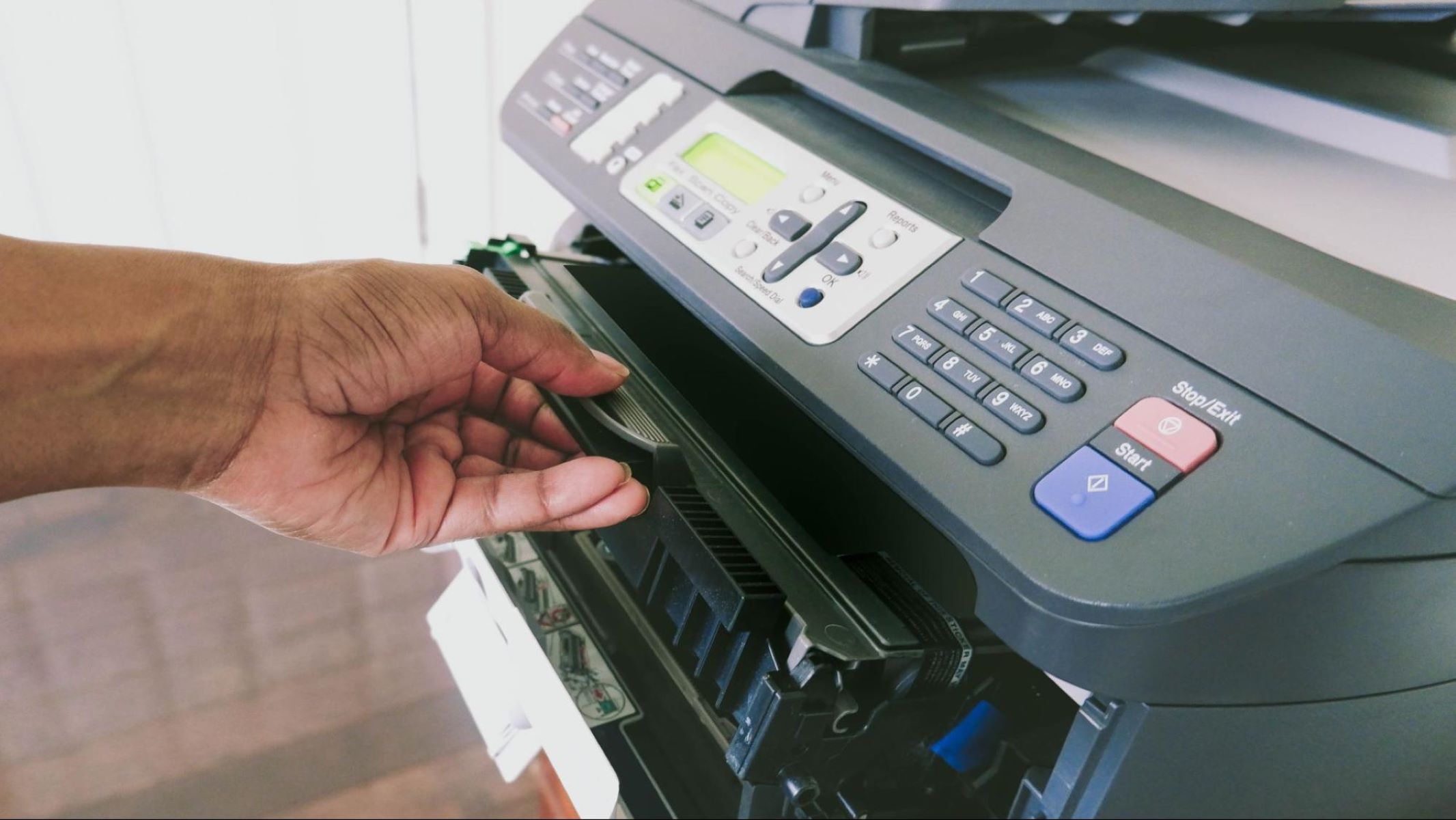
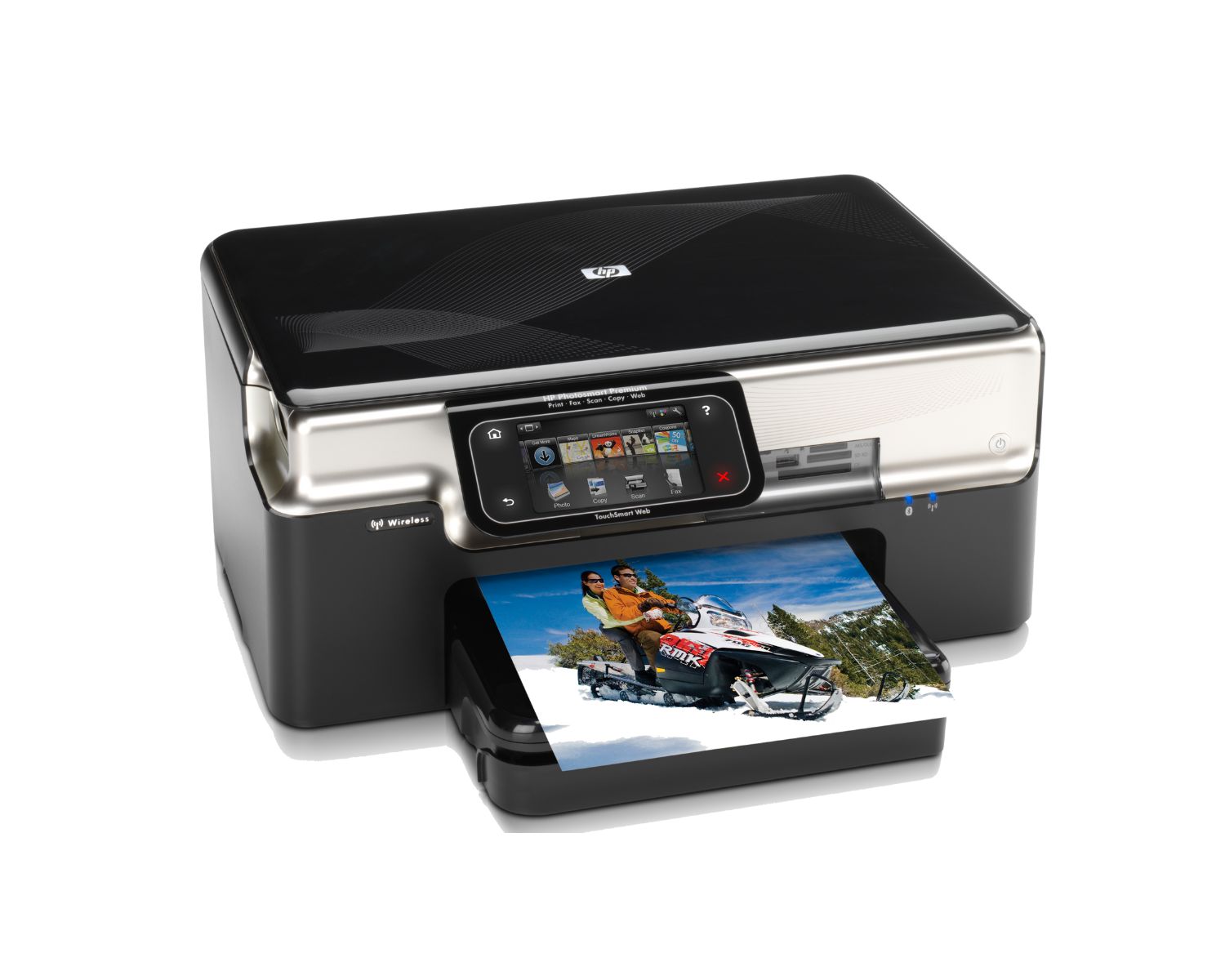

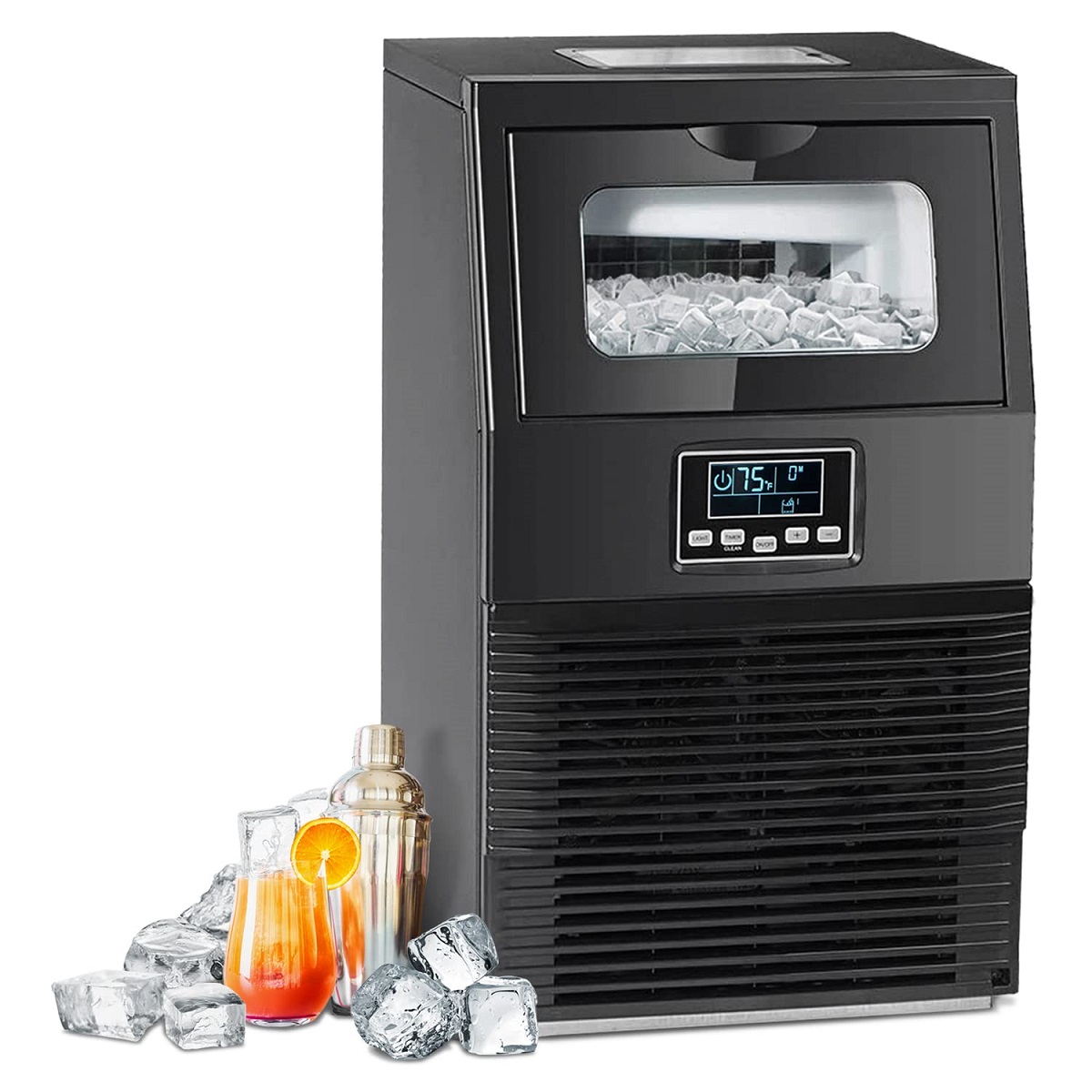
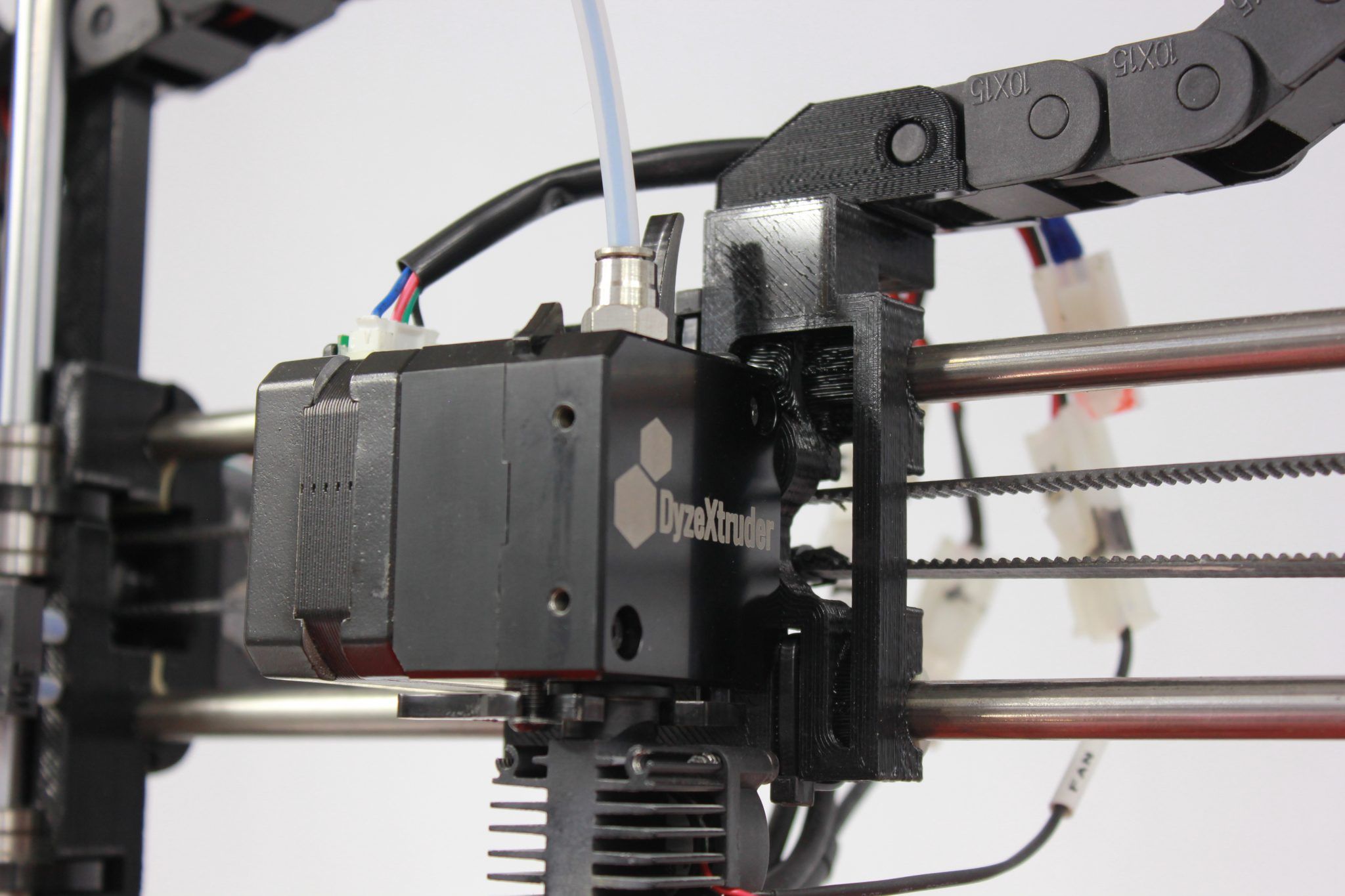
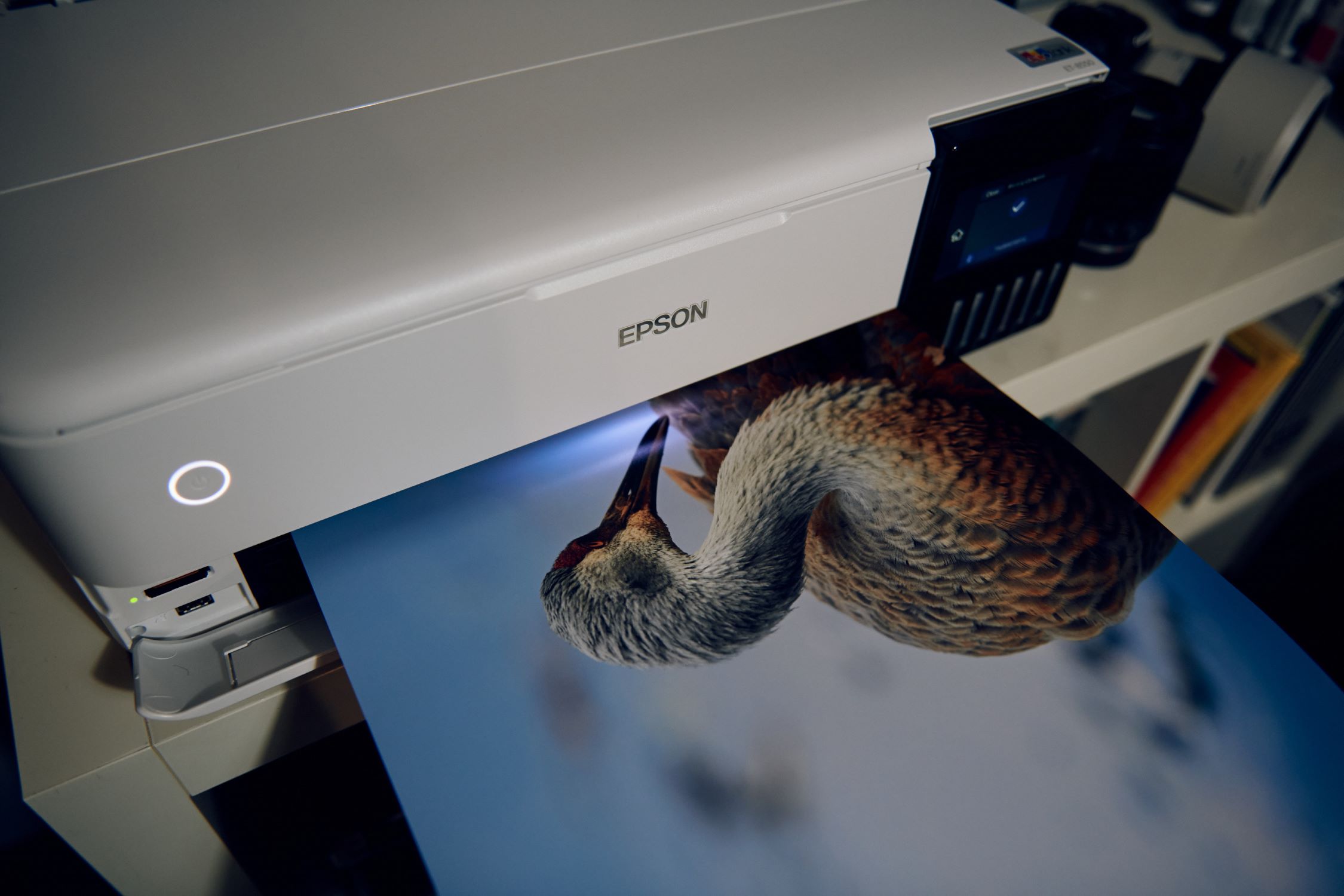
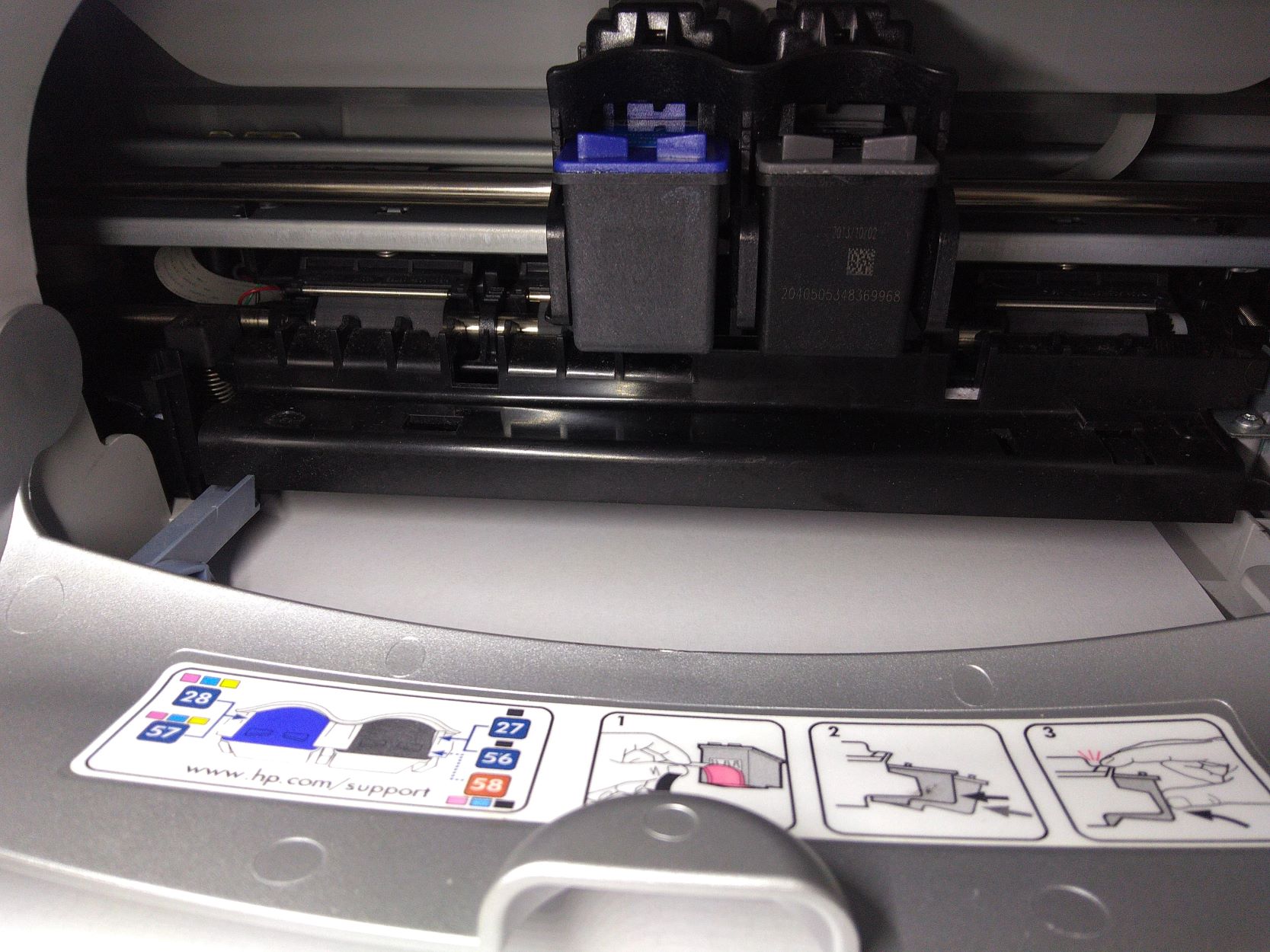
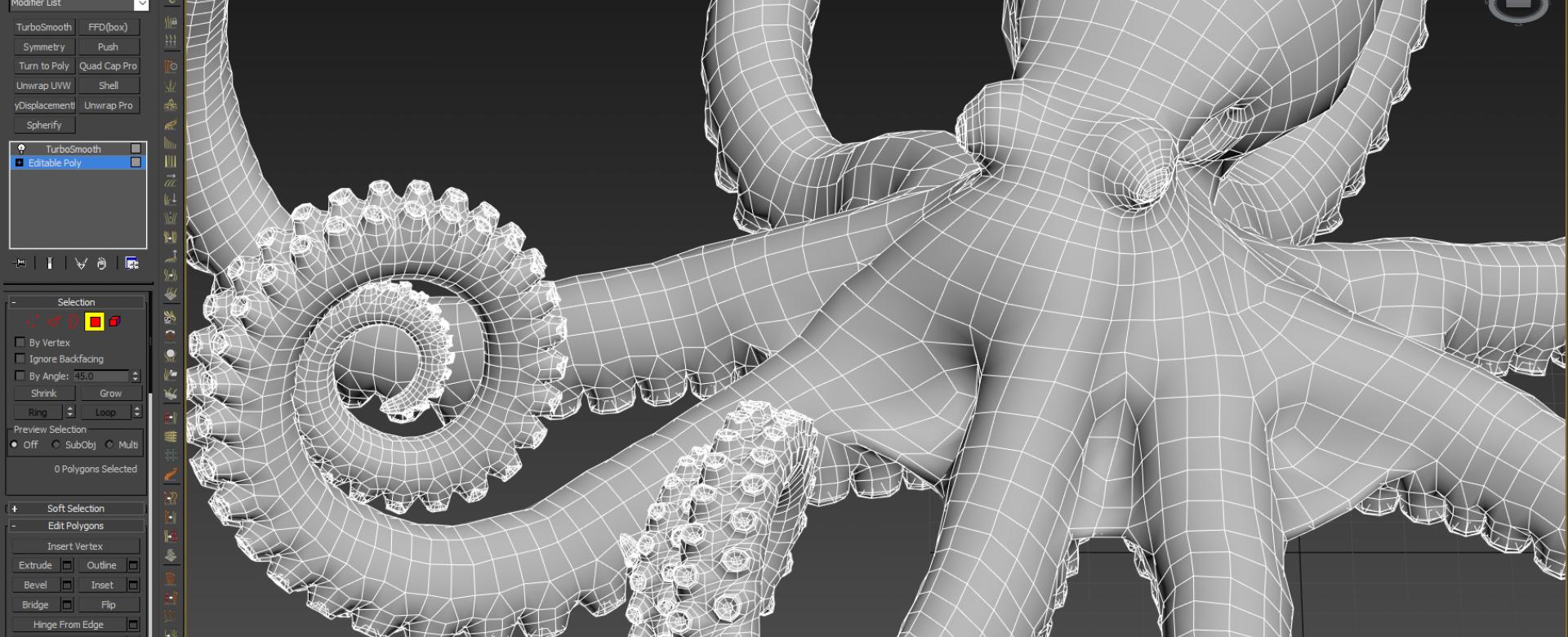

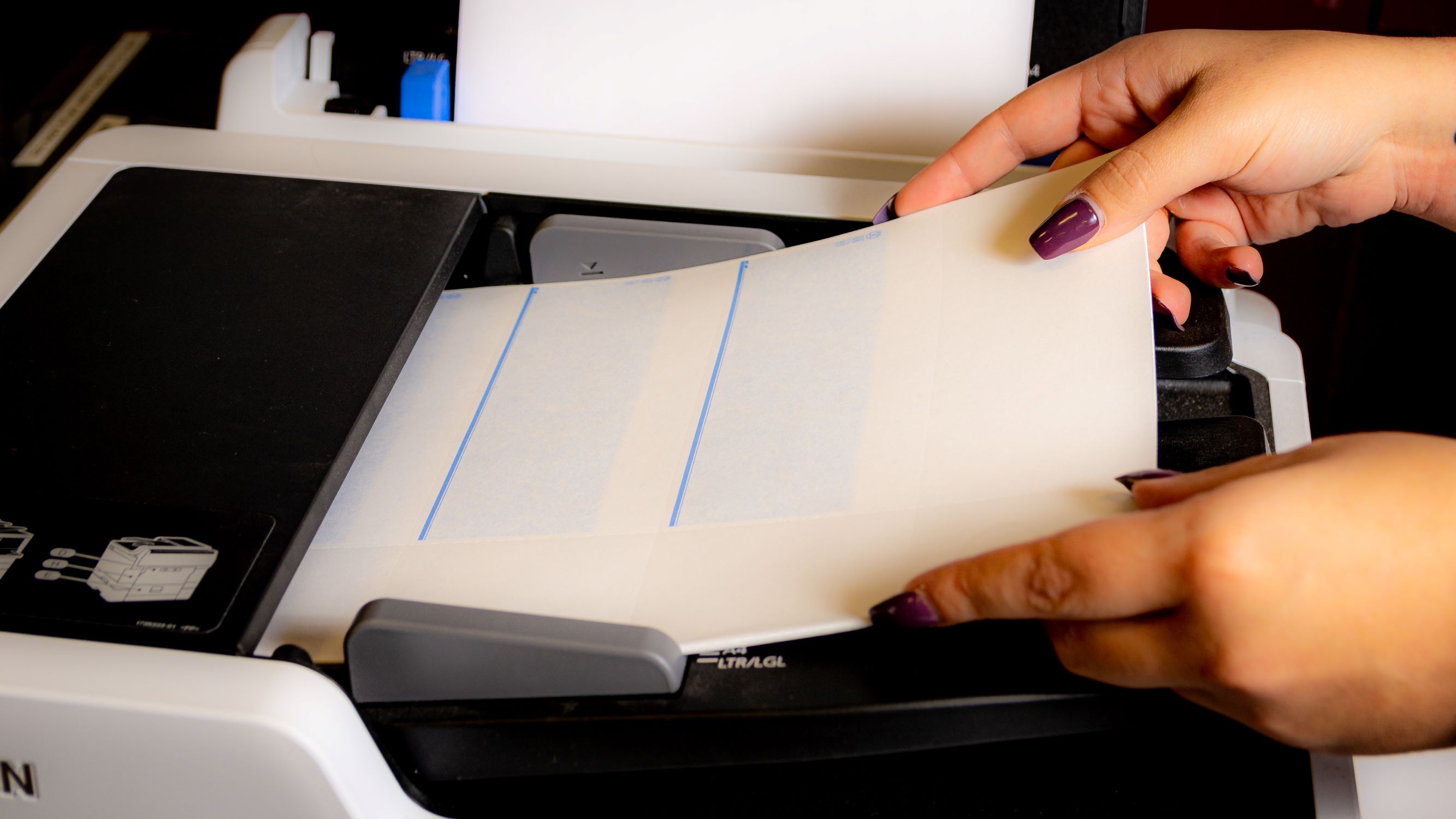
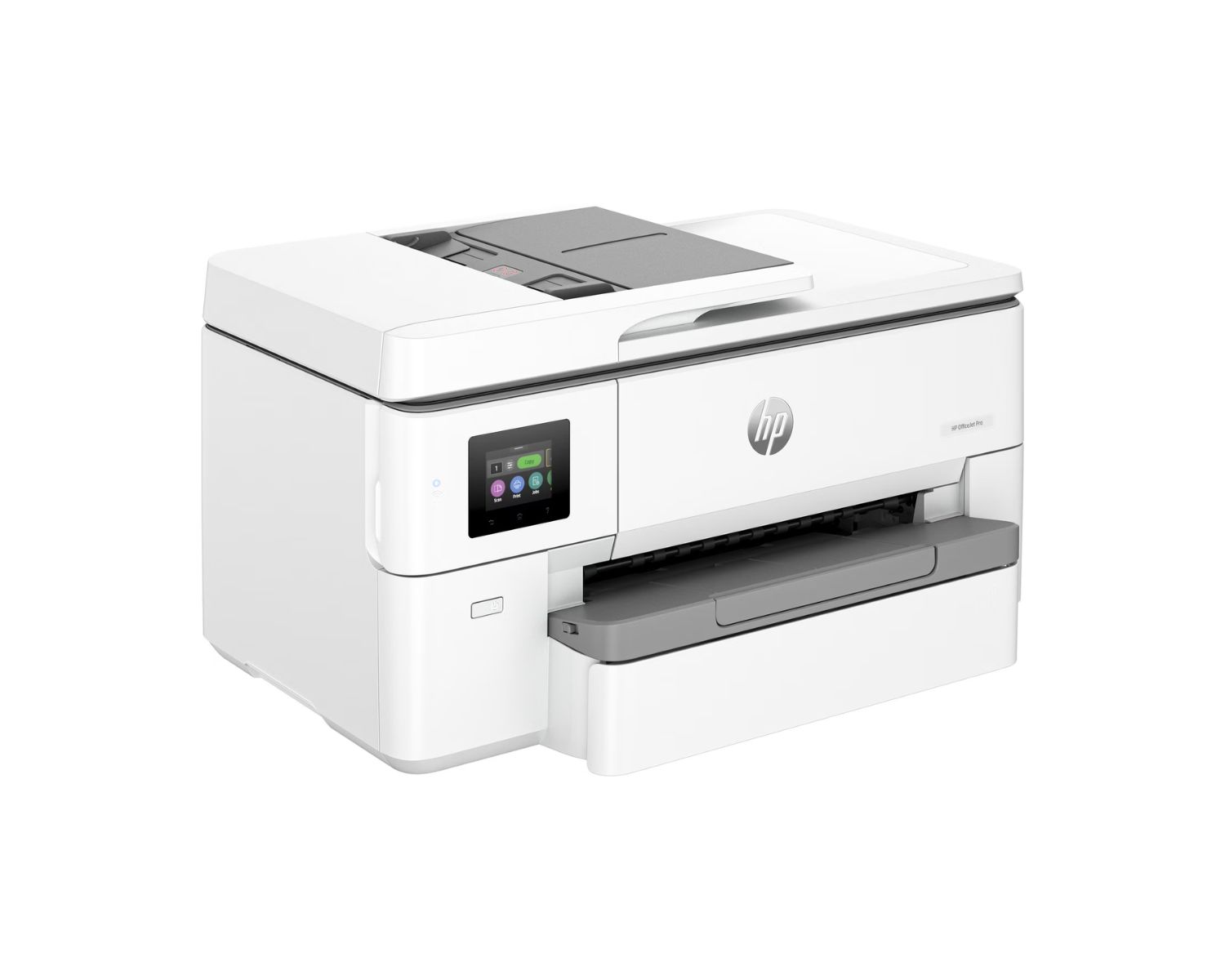
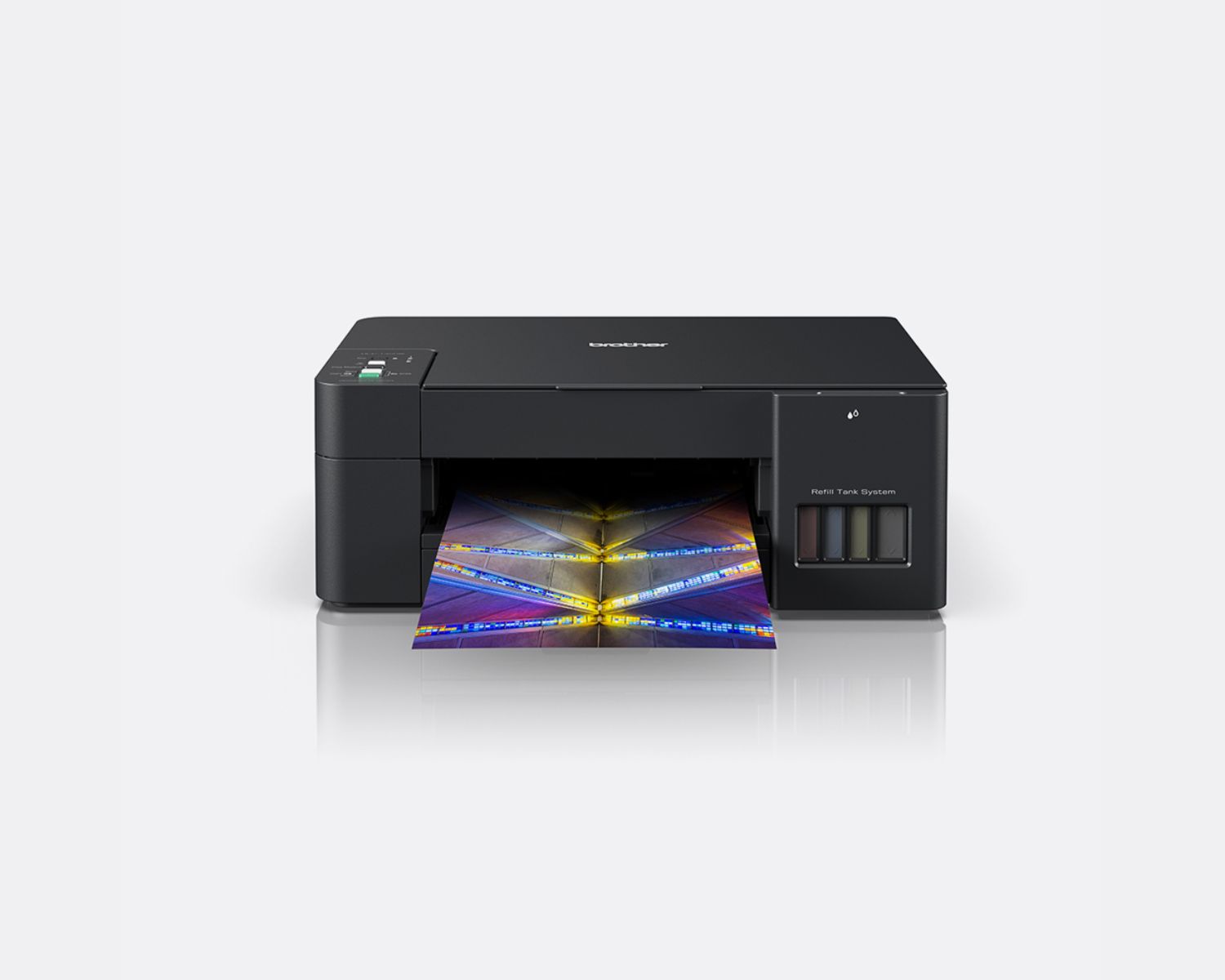

0 thoughts on “Which Type Of Printer Has The Poorest Print Quality Because The Image”